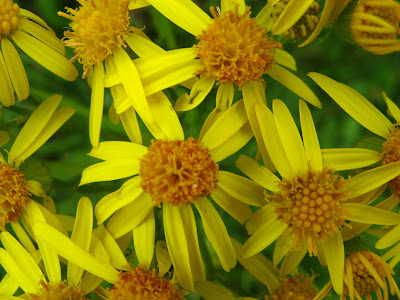
I've decided to post a few of my old photographs that i didn't manage to post whilst they were in flower. Blackthorn flowering period has long since gone - in fact i've seen many ripe sloe fruits ready to be picked which seems early to me - but i'm not complaining. Bring on the sloe gin!




























